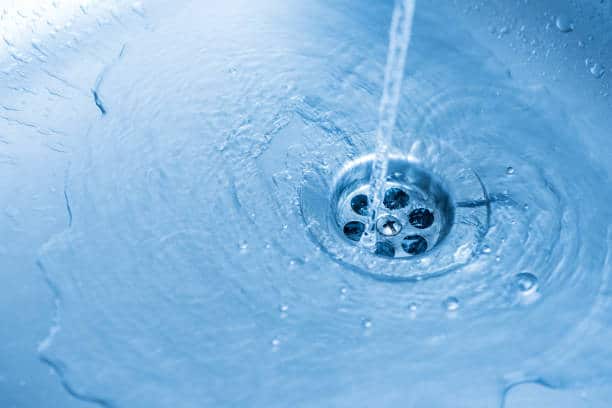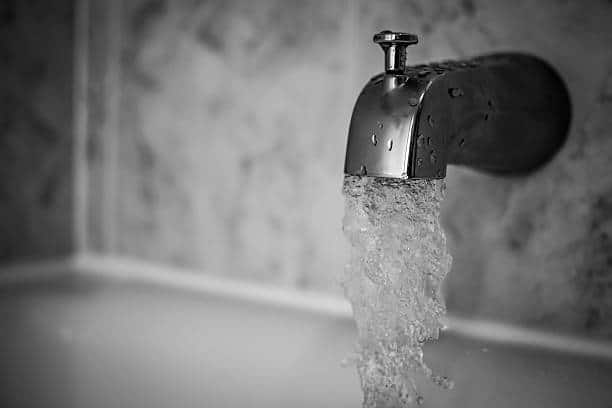Does mold circulate in the air? Yes, it does. Mold can spread in the air and through water, humans, and animals, much like other fungi.
Table Of Contents
−Most homeowners in high-humidity locations know that mold is a problem and that any degree of water damage or flooding can allow mold to develop in walls, behind furniture, and in wet heaps of clothes. Just because it’s a bit wet in your bathroom all the time, you could have had to fight mold that was trying to develop on the grout.

How Does Mold Proliferate?
Mold is a cunning traveler, making its way through the air as microscopic spores. These spores can land on almost any surface—animate or inanimate—where they find suitable conditions to grow. But the real danger lurks when mold infiltrates your home’s water systems, either following an unfortunate water-related mishap like flooding or due to an undetected leak.
Given the right conditions—humidity, darkness, and warmth—mold will multiply quickly. This environment frequently arises when a property sustains water damage, creating a hidden breeding ground for mold within your walls, floors, and even behind furniture.
Is Waterborne Mold a Health Hazard?
If remediation or removal is not done properly, mold in water can be highly harmful. Finding mold in water could negatively affect your family’s health. Both black and white mold spores can cause a wide range of health problems.
The health problems range from minor ones like nasal congestion and sneezing to more serious ones like breathing and respiratory problems, migraines, and even chronic depression.
You should get your house inspected by a mold removal specialist if you are experiencing any of these symptoms and are having problems determining what is causing them. This inspection will ensure that your home is mold-free.

Detecting Mold in Your Water Supply
The first sign that mold may be in your water supply is often a sour or metallic odor emanating from the tap. To gauge the severity, let the water run for a few minutes and note how long the odor persists. An extended smell could mean the mold has spread further into your water system.
Another red flag is visible mold growth on your plumbing fixtures and appliances, particularly near valves and faucets. Even more alarming is mold growth on non-porous materials like metal, which suggests a high concentration of mold is present.
Mold Beyond the Tap: Where Else to Look
If you’ve confirmed mold in your tap water, there’s a good chance it has spread throughout your home. Keep an eye out for rapidly molding food items, persistently foul-smelling laundry, or an unusually high mold spore count in indoor air quality tests.
Furthermore, inspect any water storage tanks in your home. Tanks intended for emergency water reserves are especially vulnerable. Opening a tank and smelling a musty, pungent odor could indicate a widespread mold problem.
Signs You Might Be Taking Mold Showers
A subtle but telling sign of mold-infested water is a lingering sour smell in your hair after showering. If you notice this despite using clean towels and shampoos, it’s worth investigating. Your hair could harbor mold spores, especially if it remains damp for extended periods.
Alarming Health Trends in Your Household
If your family starts experiencing an upswing in unexplained health issues like nausea, headaches, and other non-specific ailments, these could be signs of mold poisoning exacerbated by contaminated water.
Proactive Measures Against Mold in Your Water Supply
Prevention is key when it comes to mold. Keeping your home clean, especially wet areas like sinks and pools, can significantly reduce the risk of mold establishment. Natural light is another excellent deterrent; keeping your shades open during the day can prevent mold formation.
But for times when prevention falls short, professional remediation services are essential. They can conduct a comprehensive inspection and apply specialized techniques to eradicate mold from your home.
FAQs: Key Points to Consider
Can Mold Thrive Underwater?
Mold needs oxygen to grow, and while water contains some level of oxygen, it’s insufficient to sustain mold development. Instead, mold prefers the water’s surface, where it can access ample oxygen and nutrients.
What’s the Speed of Mold Spread?
Once mold gains a foothold, it starts to spread quickly, releasing thousands of airborne spores that can attach to different surfaces in your home within hours.
How Can I Safeguard My Water Against Mold?
The most effective strategy is to install a high-quality, whole-house water treatment system specifically designed to combat fungal contaminants.
By understanding how mold spreads and impacts your water supply, you can take targeted action to safeguard your home and health. Whether you’re dealing with the aftermath of a flood or just suspect a leak, being proactive can make all the difference.

Jay
Jay is a health and wellness enthusiast with expertise in water quality and nutrition. As a knowledgeable advocate for holistic well-being, Jay successfully manages Type 2 Diabetes through informed lifestyle choices. Committed to sharing reliable and authoritative insights, Jay combines firsthand experience with a passion for enhancing health."
